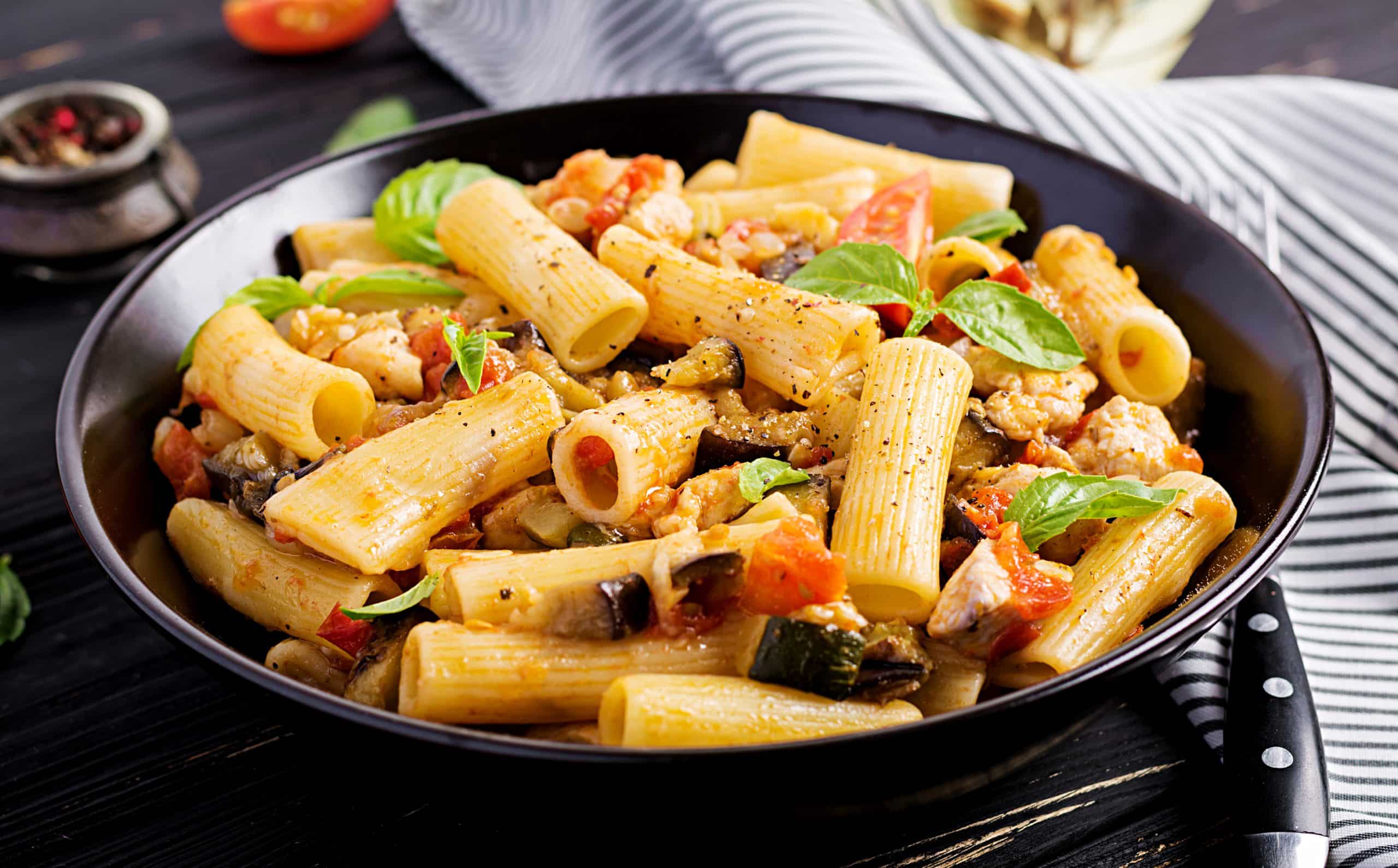In the realm of modern kitchen design, one concept reigns supreme: the kitchen work triangle. This principle, designed to maximize efficiency, posits that the three main work areas – the stove, sink, and refrigerator – should be arranged in a triangular formation. But what if you’re a culinary enthusiast who enjoys more than just basic cooking? A kitchen, like a symphony, needs multiple instruments to create a harmonious meal. For those who love to bake, chop, stir, and knead, a kitchen with separate stations for baking, cooking, and prepping is a dream come true. So, how do you create such a kitchen? Let’s guide you through the process.
Establishing Your Zones
When it comes to creating a kitchen that works for you, the first step is to figure out the different zones you need. For many, this will include a cooking zone, a preparation zone, and a baking zone.
En parallèle : How to Design a Hidden Pantry to Maintain a Minimalist Kitchen Aesthetic?
The cooking zone is typically centered around the stove or cooktop. This is where you’ll do most of your hot cooking, from stirring sauces to sautéing vegetables. It’s also the place where you’ll need quick access to essential tools, like spatulas, pots, and pans.
The preparation zone is usually located near the sink. This area is ideal for tasks like washing vegetables, chopping ingredients, and mixing salads. It should be equipped with plenty of counter space and convenient storage for knives, cutting boards, and mixing bowls.
Dans le meme genre : What’s the Best Way to Display a Collection of Vintage Cameras at Home?
Lastly, the baking zone is your hub for all things sweet. This station should be situated near the oven and should provide ample space for rolling out dough, measuring ingredients, and cooling baked goods. It’s also a great place to store your baking trays, muffin tins, and cookie sheets.
Optimizing Your Storage
Effective storage is the backbone of an efficient kitchen. To make the most of your space, consider incorporating a variety of storage solutions tailored to your needs.
For the cooking zone, install pot racks or drawer dividers to keep your cookware organized and within reach. Consider pull-out spice racks or door-mounted utensil holders for easy access to your most-used tools.
The prep zone will benefit from open shelving or clear storage bins, allowing you to easily see and grab the tools you need. A pull-out trash bin is also a useful feature, making it easy to discard peelings and scraps as you work.
In the baking zone, consider a tall cabinet or pantry to house baking sheets and cooling racks. If you’re a serious baker, you might even want a dedicated drawer for your extensive collection of cookie cutters or cake decorating supplies.
Balancing Lighting and Space
Lighting and space are two critical components of a well-designed kitchen. The right lighting can make your kitchen feel larger, brighter, and more inviting, while a well-planned layout can maximize your workable space.
In your cooking zone, good task lighting is essential. Install under-cabinet lights to ensure your cooktop is well lit, and consider pendant lights or track lighting to add ambience.
Your prep zone should be spacious and bright, with plenty of natural light if possible. If your kitchen layout doesn’t allow for this, consider installing a skylight or large windows to flood the space with daylight.
In the baking zone, it’s all about counter space. Make sure you have enough room to roll out dough or cool cookies. As for lighting, aim for a mix of task and ambient lighting to create a warm, welcoming space.
Personalizing with Décor
Now that you’ve got the functional elements of your kitchen layout sorted, it’s time to add some personality. This is your chance to inject a little bit of your own style into your kitchen, making it a space you truly love to be in.
In the cooking zone, consider adding a colorful backsplash to add a dash of visual interest. You might also want to display some of your favorite cookware or utensils, turning functional items into decorative features.
In the prep zone, a statement sink or stylish tapware can add a touch of luxury. You might also want to display some of your favorite cookbooks or keep a fresh herb garden on the windowsill.
In the baking zone, consider using open shelves to display your baking supplies. Not only is this practical, but it also adds a cozy, homey feel. A chalkboard wall is also a fun feature, providing a place to write down recipes or leave notes.
By meticulously planning your kitchen zones, optimizing your storage, balancing your lighting and space, and personalizing with décor, you can create a kitchen that’s not just functional, but also a joy to cook in. Whether you’re a seasoned home cook or a budding baker, having a well-planned kitchen will make your culinary adventures all the more enjoyable.
Incorporating Technology in Your Kitchen Design
As technology continually evolves, it’s essential to incorporate it into your kitchen design. Modern technology can enhance the functionality of your kitchen and make your cooking, baking, and prep tasks more efficient.
In the cooking zone, you might consider a smart stove or cooktop that can be controlled remotely from your smartphone. This can allow you to preheat your oven while you’re still at the grocery store or turn down the heat on your simmering sauce from another room in the house.
In the prep zone, a high-tech sink with touchless faucet features can help prevent the spread of germs and keep your prep space clean. A built-in compost system, which can be conveniently tucked away under the counter, is another smart addition. It can help you manage your kitchen scraps efficiently, making it a breeze to live a more sustainable lifestyle.
For the baking station, how about a smart mixer that adjusts its speed based on the ingredients you’re using? Or a digital scale integrated into the countertop for precise measurements? These tech-savvy touches can make the baking process smoother and more enjoyable.
In addition to these zone-specific technologies, you might also consider a custom website or software project for recipe management or invoicing billing for items purchased for your kitchen. This can help you keep track of your favorite recipes and expenses, adding another level of organization to your kitchen.
Bringing the Outdoors In
Incorporating elements of nature can contribute to a well-rounded kitchen design. It can create a calming atmosphere and a connection to the outdoors, making your kitchen a more enjoyable place to spend time in.
For the cooking zone, consider installing a large window near the stove, allowing you to enjoy the view while you cook. This can also provide ample natural lighting, reducing your reliance on artificial light.
In the prep zone, an herb garden on the windowsill is not only practical, providing fresh herbs for your meals, but also a beautiful decorative feature that brings a touch of greenery into your space.
When it comes to the baking station, consider incorporating furniture outdoor like a rolling cart or a foldable table. This allows you to easily move your baking operation outside for those beautiful, sunny days when you’d rather be baking in the fresh air.
Overall, don’t overlook the benefits of outdoor lighting in your kitchen design. Whether it’s lighting wall sconces that cast a warm glow in your space or bathroom vanity lights that add elegance to your kitchen, the right lighting can make all the difference.
Conclusion
The kitchen is much more than a place to prepare meals. It’s a living room, a gathering place, a space where memories are made. By designing a kitchen with separate stations for baking, cooking, and prepping, you’re crafting an environment that caters to your specific needs and enhances your culinary experiences.
Remember, the key to a successful kitchen design lies in proper zone establishment, optimized storage, balanced lighting and space, high-tech upgrades, and personal décor touches. Once you’ve achieved this balance, you’ll have a kitchen that’s not only efficient but a joy to cook in.
Whether you’re a home cook or a baker, a well-planned kitchen can make all the difference. So, let your imagination run wild and create a space that truly reflects your personality and lifestyle. After all, the kitchen is the heart of the home, and with a little planning and creativity, it can be your favorite room in the house.






